
mccarthy, alaska
April 2, 2017
I’ve spent the last two years living largely out of a carry-on suitcase and a backpack. I think a lot about what that means. For starters, I think it means I own a house that’s overflowing with things I don’t need in Connecticut. It also means I sometimes fantasize about giving away all of my things and starting over.
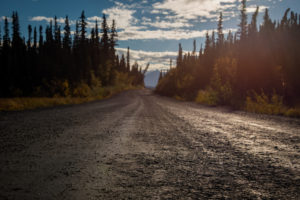
It wouldn’t be the first time. In 2011 my husband and I got rid of everything we owned except what fit in our Jeep and drove to California. Four years later, do you know what we had? An apartment full of stuff we didn’t need in California.
Last September, I went to Alaska for two weeks with my little carry-on suitcase and my little backpack. After a couple of weeks in a camper with just those few things and the endless promise of the Last Frontier, I wouldn’t say I was the cleanest I’ve ever been, but I might have been the happiest.

After driving from Anchorage to the Kenai Peninsula, Seward to Homer, and all the way up to Fairbanks, we had to decide where our last stop would be in what remaining time we had left. We decided to go to McCarthy, tucked away in the Wrangell Mountains, down 60 miles of washboard dirt road—which brings you almost into town—visitors have to walk a footbridge the last half mile.
We parked the truck by a small coffee stand just before the footbridge, and were greeted by a few friendly residents and their pup.
“You have to stay here the night—it’s the BEST night to be in McCarthy—it’s open mic night at the Golden Saloon, and it’s the last one of the season!” the young woman making our pour-overs insisted. We hadn’t planned on camping there that evening, but how could we pass up an invitation like that?
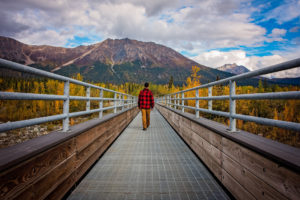
A couple hundred or so people reside in McCarthy during the summer months, but only 28 people live there year-round, according to the last census. It’s not hard to understand why—at least once you’ve actually made the trek out there. But it’s also not hard to understand why the people who do live there choose to.
We explored the town on foot, following another little pup around—he seemed to know the way. Then we took the wagon trail, based on some good advice, over to Kennicott (also spelled Kennecott), an old ghost town just five miles through the woods. We passed by an old graveyard with wooden tombstones, a few houses running on generators, and a couple of warning signs to be on the lookout for bears.

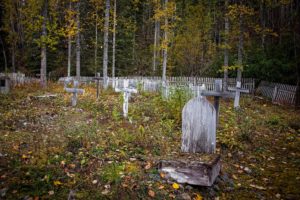

Kennicott was awe-inspiring—deserted buildings in various states of disrepair, but with evidence of efforts to save them. A colossal abandoned mine on a hillside. A collection of ATVs parked outside a small red house. An operating copper jewelry shop and a post office. A coffee stand closing down for the season. A path to a little bridge overlooking a dainty waterfall. I could see the town as it was built, could imagine it in its heyday. Ghost towns are funny like that.
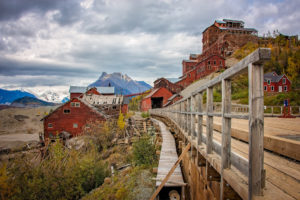
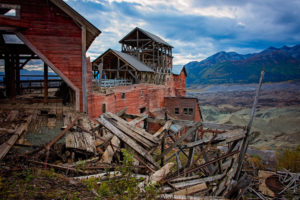

We caught a ride back to McCarthy for the sake of not getting eaten by grizzlies as evening set in, and set up camp by the river. Then we headed into town for open mic night. At first we were among just a few people to sit down and order a beer, but by the end of the night the bar was packed, wall to wall. So many talented musicians got up and sang, played guitar, danced. We made some friends who told us stories about life in McCarthy, and a dog named Hobo Joe.
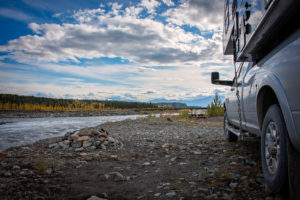
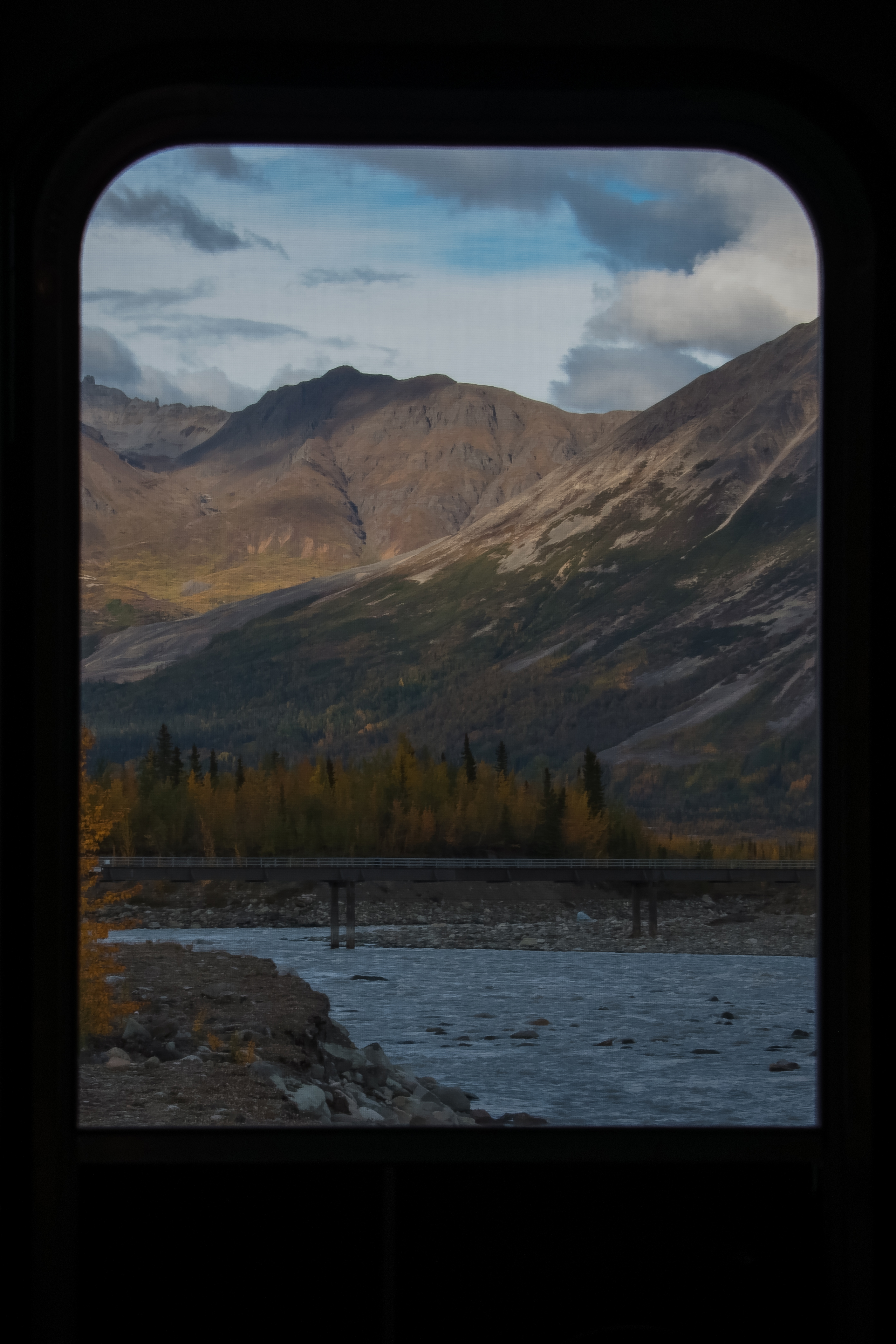
One of the few, proud, year-round residents was from New Hampshire, and when I asked him what made him move out there, all he said was, “Have you looked around?”

Life in McCarthy seems simple. Not easy—but simple. There is a sense of community and responsibility toward one another—they take turns going on grocery runs in the winter for everyone in town. They chop firewood and bundle up and help each other get through the cold winter months. They welcome visitors with open arms and sing and dance and drink the night away during the warm summer months. They make a living waiting tables, or serving up pour-overs, or building cabins to rent out to tourists during the season. They tool around town on ATVs and let their dogs run free. They live sixty miles from the nearest town, but they have everything they need—a silo of simple living.
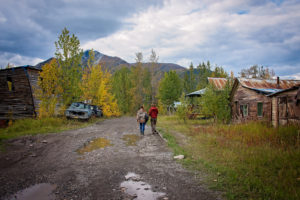
McCarthy is one of the most endearing towns I’ve ever visited—and I’ve visited a few. It comes to mind often as I dream of a simpler life. I hate to admit I wouldn’t have the guts to tough out a winter there—but a summer sure sounds nice.
